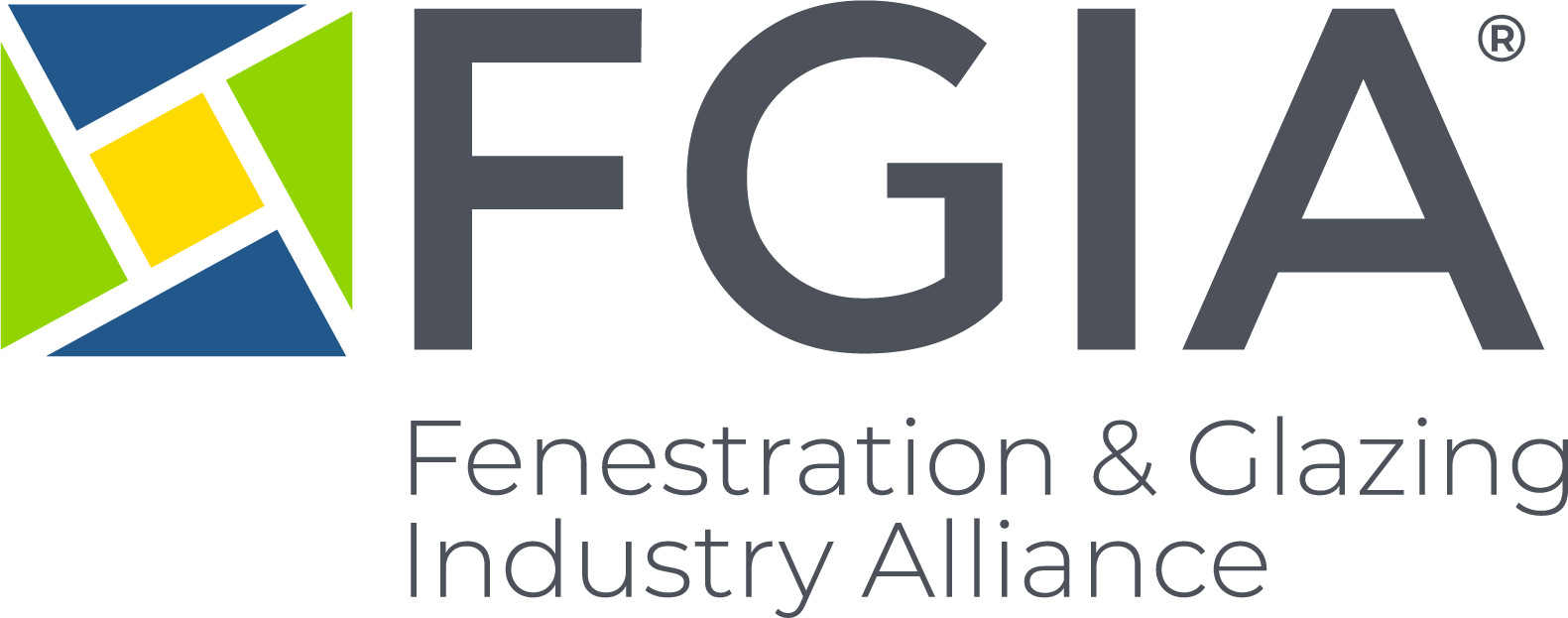- Blog
- Trade Secrets
- A 2022 Year in Review: U.S. and Canadian Economy, Labor Market and Trends
December 21, 2022
A 2022 Year in Review: U.S. and Canadian Economy, Labor Market and Trends

Things are winding down for the holidays as we close the books on 2022. It was a busy year for FGIA, with the Association hosting three conferences and, for the first time ever, three Regional events thanks to the creation of the new FGIA FENBC Region. We also saw several documents updated this year, along with new ones like IGMA TM-5000, Do’s and Don'ts of Glass Safety. But aside from what FGIA did, the industry at large saw changes in the economy, the labor market and trends.
Economy
November’s inflation report just showed a slowdown in price gains, signaling the possibility that inflation is perhaps cooling. This was after a year and a half of price increases across the U.S., with Canada experiencing similar crunches. The Fed expects to see this “cooling” continue as we enter 2023, according to the New York Times, although “as price increases begin to moderate notably, investors and households alike are wondering how high the Fed is likely to raise interest rates in 2023 — and how long officials will leave borrowing costs elevated.”
Labor Market
With these economic changes, the cost of labor has risen this year. Despite those Fed hikes in 2022, the November U.S. jobs report showed growth. Per CNBC, nonfarm payrolls increased 263,000 for the month while the unemployment rate was 3.7 percent. Economists surveyed by Dow Jones had been looking for an increase of 200,000 on the payrolls number and 3.7 percent for the jobless rate. October’s numbers were similar. CNBC also noted that Construction added 20,000 positions, while information was up 19,000 and manufacturing saw a gain of 14,000. Canada saw a strong labor market with some slowed momentum in the third quarter of 2022, with Q4 numbers expected early next year. The same report showed different wage growth metrics have picked up to between 4.3 and 5.4 percent year-over-year from around 2.5 percent at the start of 2022, though the pace of acceleration had eased somewhat as of the report’s September release.
Trends
Industry trends for residential were similar in the U.S. and Canada and reflect those of recent years, including a need for multifunctional spaces, maximizing indoor/outdoor home use and large glass. Commercial trends continue to lean toward more complex and sustainable buildings. Sustainability in general is and will likely be in demand for the foreseeable future.
The FGIA Study of the U.S. Market for Windows, Doors and Skylights forecasts a slight dip in new residential construction for 2023, but it is important to note that work in the remodeling space is expected to make up the difference. A new U.S. Industry Statistical Review and Forecast for both commercial and residential fenestration will come out this spring from FGIA, so watch for that.
It’s been a busy time. Here’s to looking toward a productive and fruitful 2023!
Read more from Blog, Trade Secrets
Tags: year in review, economy, labor, market trends
Submit a Comment






Submit a Comment